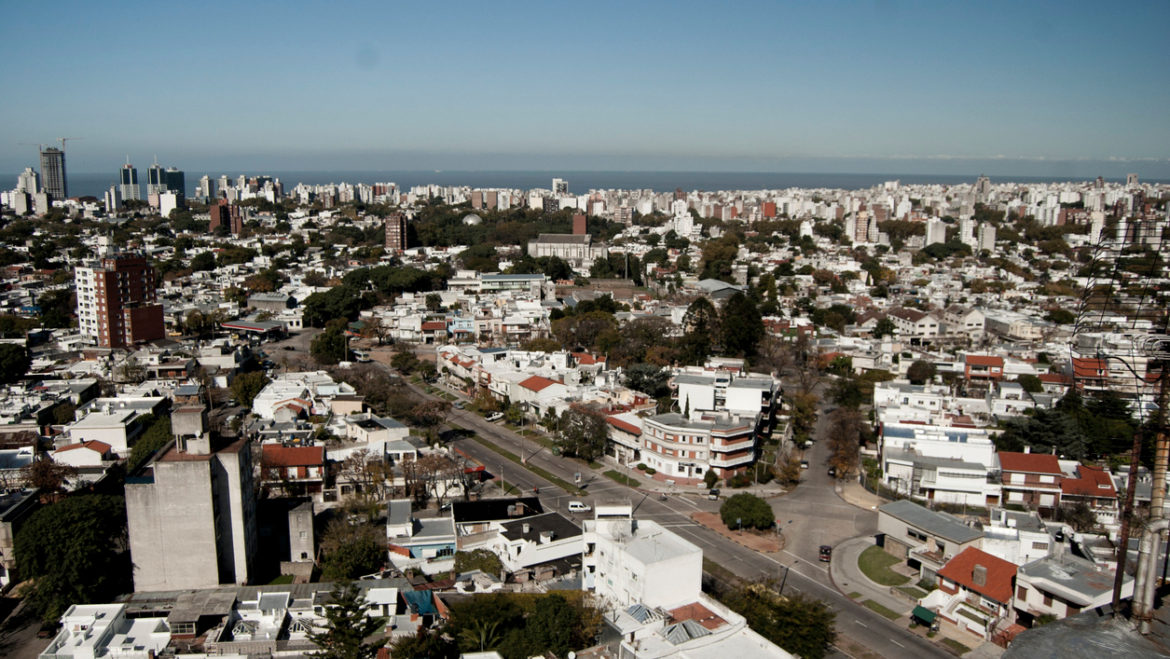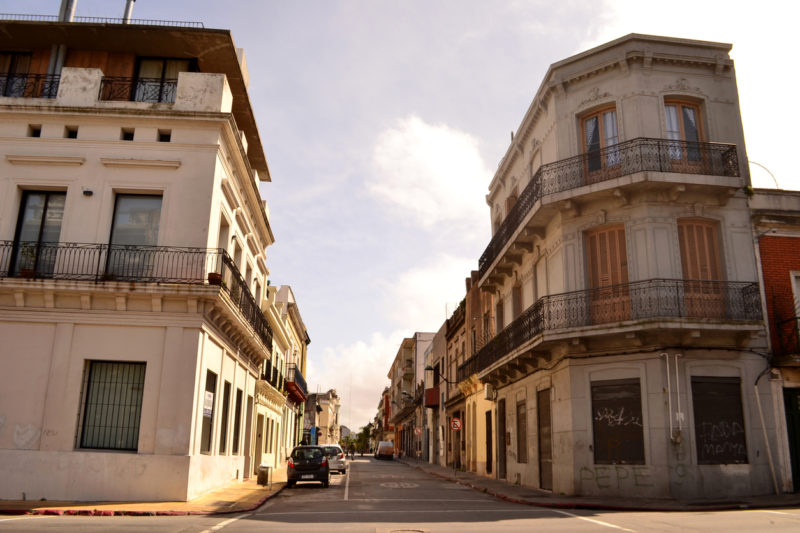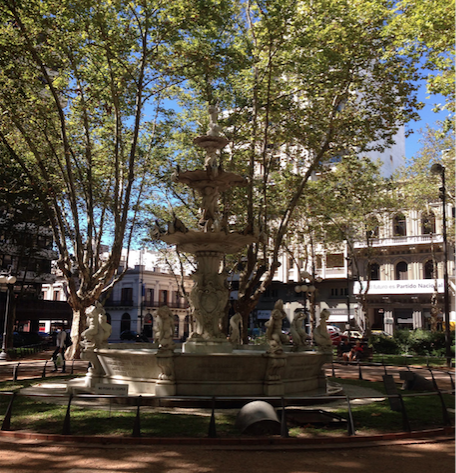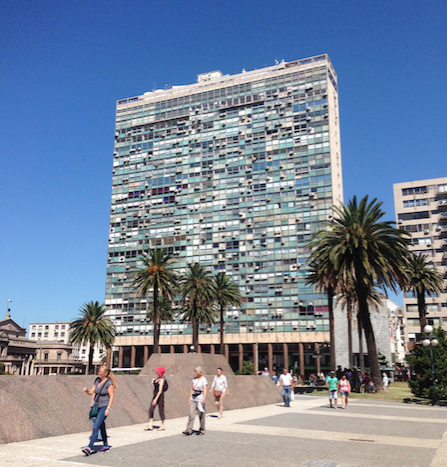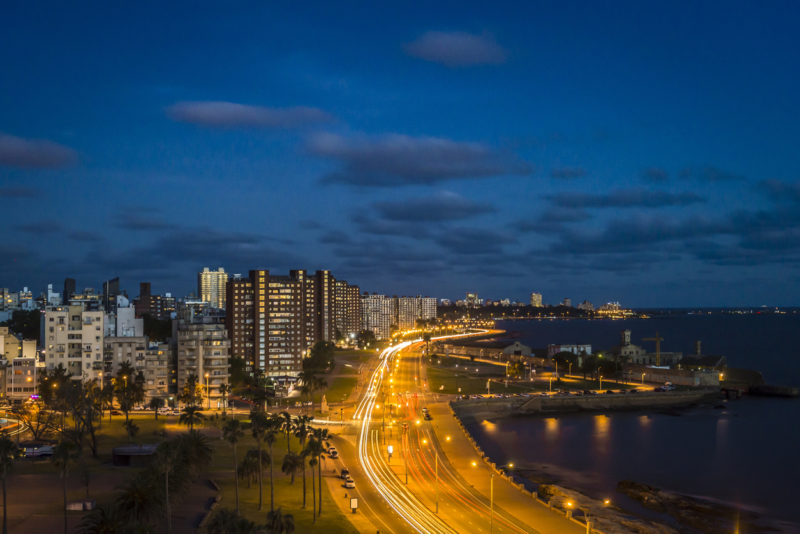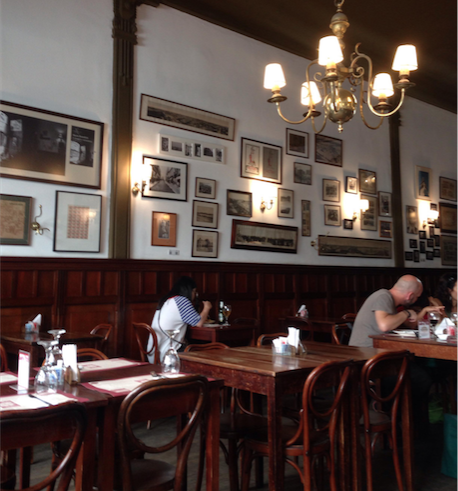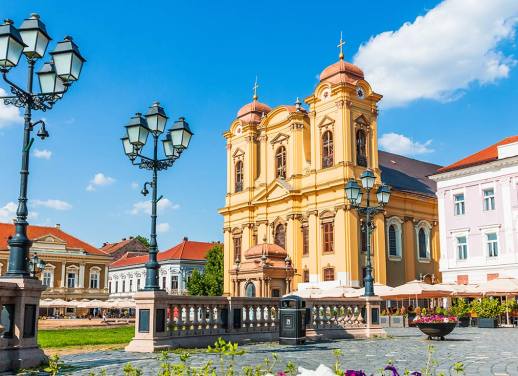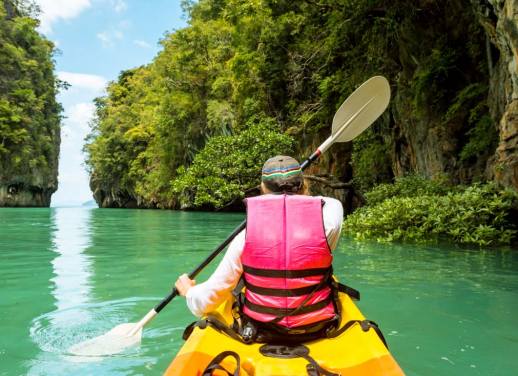Thanks to its population of just 3 million and how far south of the equator it is, Uruguay is one of those small countries that tends to slip under the radar for many tourists hailing from the northern hemisphere.
This may be exactly the reason to include it on your travel bucket list.
As a nation, Uruguay is pretty liberal. Both marijuana and gay marriage are legal, and it is also one of the most eco-friendly countries in South America. Despite its size, it has a bustling economy, and its people are known for both their relaxed way of life. Plus, it is safe and very accessible by public transportation, making it a great destination to people of all walks of life, including female solo travelers like me.
As for Montevideo, Uruguay’s capital city, I felt it to be more low-key compared to the furia you find in nearby Buenos Aires, and it has an earthier feel than the bold brightness of the larger surrounding metropolises of Brazil. Still, Montevideo packs a punch for lovers of culture, art, music, and food. Its leafy streets give way to seemingly spontaneous flea markets and artisan bazaars, as the entire city moves at the tempo of rhythmic crashing waves and the beat of traditional Candombe drums.
Sights in Montevideo
As Montevideo is still little-known to outsiders, let’s start by getting the lay of the land. The capital of this petite nation is only 20km in diameter, but that only means that its many attractions are easy to get to, often by foot.
I stayed at a hostel in Montevideo’s old town, La Ciudad Vieja, where many key points of interest in the city are located. Its walkable, tree-lined streets and historic squares make it a good place to start on your exploration of the city. I began my trip with a stroll down the pedestrian avenue of Calle Sarandí, which is filled with great restaurants, cafes, shops, and small galleries representing some of the best that Montevideo has to offer in terms of food and authentic souvenirs.
VISIT MONTEVIDEO ON AN INTREPID TRIP TO URUGUAY
Calle Sarandí will also take you to the historic Plaza Matríz, now a pretty mellow place with a daily flea market selling vintage wares like silver décor, gaucho knives, and glittering gemstones. I purchased a leather mate gourd and bombilla here – complete with a complementary bag of yerba and really loved perusing the traditional prints and colorful paintings that were being sold at another stand nearby. I highly recommend having a seat on a bench, and taking it all in among the mixture of locals and travelers that congregate here most days.
From Plaza Matriz, continue your walk along Sarandí to Plaza Independencia. On the way you’ll notice an eclectic mix of art deco and neoclassical buildings, apartment blocks that feel reminiscent of Eastern European cities like Vilnius or Bucharest as well as chic high-rises that could have been plucked straight from Miami’s skyline. All of these architectural styles are a testament to the bubbling mixture of peoples and cultures that have made its mark on Montevideo. As you continue in this direction, you’ll also have a chance to catch some local markets and restaurants, along with the famed Teatro Solís.
SUBSCRIBE TO INTREPID’S NEWSLETTER FOR TRAVEL TIPS, COMPETITIONS, GIVEAWAYS & MORE
Of course, there’s also La Rambla, the longest continuous sidewalk in the world, which I found to be a good vantage point for getting a sense of city life, as locals come here to drink maté, jog, and occasionally fish or swim. This oceanic promenade stretches along the expanse of the city, giving way to panoramic views of the ocean dotted with distant ships and barges.
While these areas are essential to any proper exploration of Montevideo, it’s also worth veering from the well trodden paths in order to immerse yourself in neighborhoods like the bohemian Cordón, the working class Goes or even El Prado at the outskirts of the city where you can visit an extensive botanical garden as well as the free Blanes Museum of Fine Arts.
Sounds of Montevideo
Beyond the Rambla and the maté, one of the most famous aspects of Uruguay is its rich music culture. From the milonga to the murga, there are tons of different styles of dance and drumming running through the veins of Montevideo. One of the best times to witness the true extent and variety of Uruguayan music is during Carnaval, which is often outshined by its boisterous neighbor to the north (Brazil).
Yet, Carnaval in Montevideo lasts for all forty days of Lent, making it one of the longest celebrations of its kind worldwide. I found that it is especially common during this season to catch Candombe, a drumbeat celebration featuring a mixture of African and South American rhythmic influences, a product of the intermingling of slaves in the area that now has UNESCO Cultural Heritage recognition. If you don’t come during the Carnaval, you can still catch a Candombe performance in Ciudad Vieja every Sunday evening.
There’s also the tango, which Argentina has claimed on the international arena, but many at the local level will hotly contest this. As the cultural similarities and proximity of both places make them deeply intertwined, it may be impossible to know its true origins. Either way, you can watch an evening performance or even take a free class at Plaza Liber Seregni near Tres Cruces Bus Station most weekdays.
If you’re looking for something more contemporary, there’s no better spot to dive into the parallel universe of South American indie rock than La Trastienda where Argentine bands like Usted Señalemelo and Perras on the Beach, along with Uruguayan greats like Vela Puerca come to play. If you want to dance but keep it especially cutting edge, try Phonotheque, a bumping electro-club, that’s known for its impeccable sound and light systems.
READ MORE: WHERE TO FIND THE MOST BEAUTIFUL PLACES IN URUGUAY
Eats in Montevideo
Classic Uruguayan cuisine includes things like the asado, alfajores with a heavy layer of dulce de leche, and of course, yerba maté. These are all worth trying, and if you’re looking for some veteran establishments as a gateway into what’s what, I recommend starting with a cortado coffee at the renowned Café Brasilero, which has roots dating back to the 1870s and is still frequented by many locally famous intellectuals, writers, and artists. For a proper asado, Mercado del Puerto is not a place to miss, and for something a bit more locally oriented, there’s also La Otra.
On the more modern end of things is Jacinto, which I found ideal for both tasty salads and decadent pastries like alfajores dipped in chocolate and covered with coconut shavings. Chef and owner Lucía Soria studied under the renowned Francis Mallamnn.
READ MORE: WHY TO VISIT COLONIA, ANOTHER FOODIE GEM IN URUGUAY
Maybe it’s the hippy vibes and newly liberal character taking hold of the city, but there is also an abundance of health food stores and restaurants serving vegan and superfood fare. One of the best in this realm is La Fonda. Here, friendly staff served me heaping portions of vegan spiced quinoa, roasted seasonal veggies, and fresh flatbread with homemade chutney.
—
Montevideo is the capital of a small country whose sights, sounds, and savory delights are set in a wonderfully mellow atmosphere. My impromptu trip ended up being one that soothed my soul in ways I hadn’t known I needed.
Ready to visit the gem of South America? Check out Intrepid’s range of Uruguay tours.
—
(Image credits from top to bottom: iStock/timelineberlin, iStock/quelo73, Lily Cichanowicz x2, iStock/Global_Pics, Lily Cichanowicz.)

